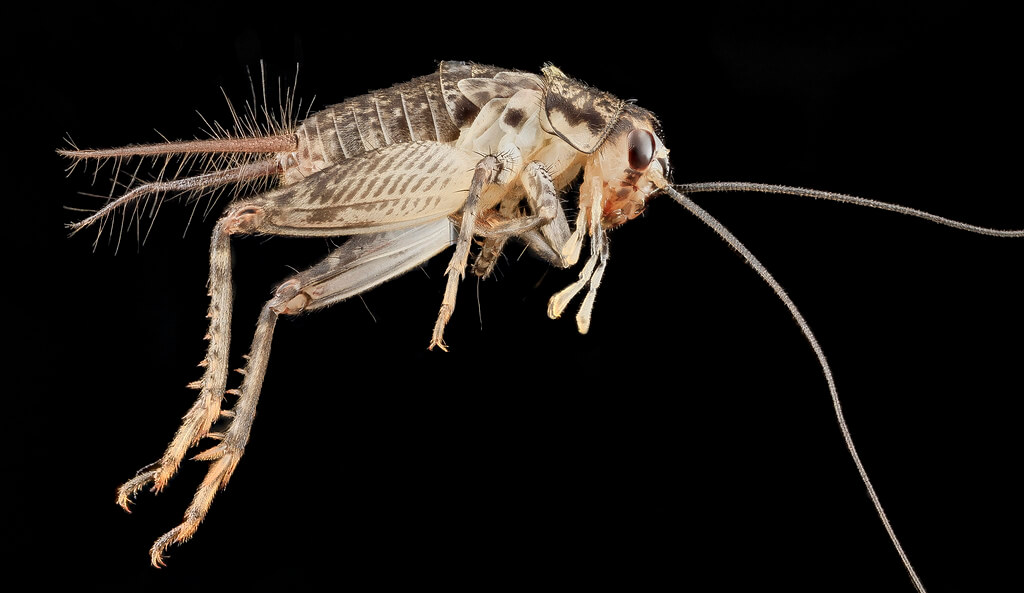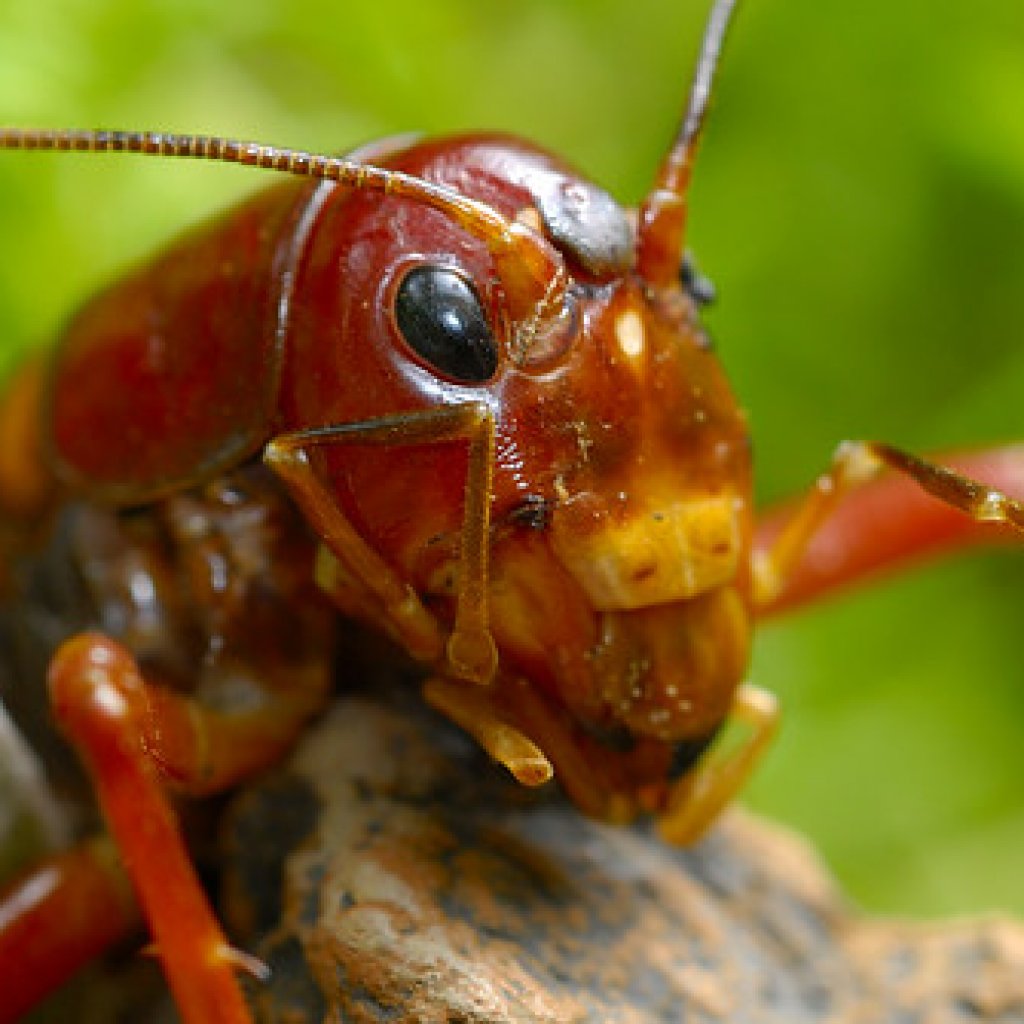How To Get Rid of Crickets in The House: Ultimate Guide
Crickets. Those noisy nocturnal pests that seem to invade our homes without invitation, causing distress with their deafening chirps and potential damage. I’ve had my fair share of battles with these little insects, and did you know: house crickets can even carry diseases like E.coli and salmonella! In this blog post, we will journey through understanding these uninvited guests better, explore effective strategies for eviction, natural repellents available at home to deter them from returning and address some common FAQs about crickets.
Let’s dive in – say goodbye to sleepless nights filled with incessant cricket chirping!
Key Takeaways
- House crickets can carry diseases like E.coli and salmonella, making their presence in our homes a health concern.
- Effective strategies for getting rid of crickets include investigating dark areas, using vacuums, employing boric acid and sticky traps, managing moisture, and performing preventative outdoor maintenance.
- Natural cricket repellents such as red chilis, peppermint oil or leaves, chili powder, and dish soap with water can be used to deter crickets from infesting your home.
- To prevent crickets from returning, eliminate moisture sources, seal entry points in your home’s exterior, alter outdoor lighting to reduce attraction to crickets, practice regular cleaning to remove hiding spots for crickets.
Understanding House Crickets
House crickets, also known as Acheta domesticus, are small insects that can be a nuisance when they invade our homes. They have a distinctive appearance and their presence can be identified through certain signs of infestation.
What Do House Crickets Look Like?
House crickets are known for their light yellowish-brown color that makes them stand out in most homes. They have an impressive size, slightly smaller than field crickets, measuring between about 3/4 to 7/8 inch in length.
Their distinguishing features include threadlike antennae which can be longer than their bodies and wings that lie flat against the body, giving a deceptive resemblance to cockroaches.
Also noteworthy are their long back legs designed specifically for jumping, one of the most known attributes of these insects.

Signs of a House Cricket Infestation
Spotting multiple crickets scuttling around the corners of your home is an undeniable sign you’re dealing with a house cricket infestation. Crickets, specifically house crickets, tend to congregate indoors when they’ve found their ideal habitat — warm, dark, and damp places.
You’ll usually encounter these pests in crawl spaces or behind baseboards and decorative moulding.
Another common sign of infestation is the deafening chorus of male cricket chirps echoing through your living space at night. These musical insects are not just playing a symphony for you; it’s their mating call! Additional evidence could come from damaged items around your home as well.
Unnoticed rough patches and loose fibres on rugs or carpets signal that crickets might be holding destructive feasts there. Don’t disregard any large holes in humidity-loving clothing either — another telltale mark left by this omnivorous pest.
So if you’ve noticed chewed edges on upholstered furniture or discovered clothes bearing unusual wear marks tucked deep inside your wardrobes – it’s time to wage war! Indeed, these critters aren’t picky eaters – even paper products like wallpaper can become victims of their incessant gnawing.
Top Strategies to Get Rid of Crickets
To effectively get rid of crickets, it is essential to investigate dark areas, utilize vacuums, use boric acid, employ sticky traps, manage moisture, and perform preventative outdoor maintenance.
Investigating Dark Areas
Crickets love the comfort of dark, secluded spaces in and around your house. My first strategy was to conduct a thorough search in these zones – under kitchen cabinets, behind appliances, within wall cracks, basements, garages and garden sheds.
I discovered many hiding crickets lurking about who didn’t appreciate their peaceful sanctuaries being disturbed. Investigating dark areas is essential as it helps to locate cricket nests which can be treated with chemicals or other pest control methods for effective extermination.
Utilizing Vacuums
Vacuuming is a highly effective method for getting rid of crickets and their eggs. With the powerful suction of a vacuum cleaner, you can easily remove crickets from your home. Utilizing vacuums not only eliminates the visible crickets, but also helps in controlling and reducing cricket infestations.
Vacuums are particularly useful for reaching hard-to-access areas where crickets may be hiding. By regularly vacuuming these areas, you can keep your home free from unwanted cricket guests.
So grab your vacuum cleaner and say goodbye to those pesky crickets!

Using Boric Acid
I use boric acid to get rid of crickets in my home. Boric acid works by damaging the nervous system of crickets, ultimately killing them. It is available in powder, pellet, and tablet form, making it easy to apply in areas where crickets are present.
By using boric acid as part of my pest control strategy, I can effectively eliminate crickets and prevent them from infesting my home again.
Employing Sticky Traps
Sticky traps and glue boards are highly effective strategies for catching and getting rid of crickets. These traps work by attracting the crickets to a sticky surface, where they become trapped and unable to escape.
A simple DIY trap can be made using a mixture of molasses and water, which acts as an irresistible bait for the crickets. Sticky traps are particularly useful for capturing both adult crickets and their eggs, helping to prevent future infestations.
By placing these traps in areas where crickets tend to gather or nest, such as dark corners or near entryways, you can significantly reduce their population in your home.
Managing Moisture
Managing moisture is a crucial aspect of getting rid of crickets. Crickets are attracted to warm, moist environments, so it’s important to address any areas of excess moisture in and around your home.
Repairing leaks and improving ventilation can help reduce these damp spots that attract crickets. By locating and managing the sources of moisture, you can effectively deter crickets from infesting your living spaces.
Additionally, sealing cracks, holes, and entry points in the exterior of your home can prevent crickets from entering in the first place. Remember that by effectively managing moisture, you’ll be taking a significant step towards eliminating cricket infestations.
Performing Preventative Outdoor Maintenance
Performing preventative outdoor maintenance is essential in keeping crickets away from your home. Here are some effective strategies to help prevent cricket infestations:
- Keep the grass neatly mowed to reduce cricket enticements.
- Prune trees and shrubs regularly to prevent crickets from being attracted to your yard.
- Store firewood away from the house, as it can be a potential hiding spot for crickets.
- Seal cracks, holes, and other entry points in the exterior of your home to prevent crickets from entering.
- Repair leaks and ensure proper ventilation to manage moisture levels, which can reduce areas that attract crickets.
Natural Cricket Repellent Solutions
I have found that natural cricket repellent solutions are highly effective in getting rid of crickets in homes and yards. Here are some natural remedies you can try:
- Red Chilis: Sprinkle crushed red chilis in areas where crickets are present. The strong smell and taste repel them.
- Peppermint: Use peppermint essential oil or fresh peppermint leaves around entry points and hiding spots to deter crickets.
- Chili Powder: Sprinkle chili powder in dark corners and crevices where crickets hide. They dislike the scent.
- Dish Soap and Water: Create a mixture of dish soap and water in a spray bottle. Spray it directly on crickets to eliminate them.
Ways to Prevent Crickets From Returning
To prevent crickets from returning, I found the following strategies to be effective:
- Eliminate moisture: Repair any leaks and ensure proper ventilation to reduce areas of moisture that attract crickets.
- Seal entry points: Thoroughly inspect your home’s exterior for cracks and holes, then seal them off to prevent crickets from entering.
- Alter outdoor lighting: Change your outdoor lighting to motion sensor-activated fixtures or use amber-colored anti-bug bulbs to reduce attraction to crickets.
- Practice preventative maintenance: Keep your grass neatly mowed and store firewood away from the house to minimize cricket enticements.
- Clean regularly: Vacuum floors and remove clutter where crickets may hide, as this can deter them from nesting in your home.
Conclusion
In conclusion, getting rid of crickets is essential to maintain a pest-free home. By understanding their behavior and implementing effective strategies such as investigating dark areas, utilizing vacuums, using boric acid and sticky traps, managing moisture, and performing preventative outdoor maintenance, homeowners can successfully eliminate cricket infestations.
Additionally, natural repellents can be used to deter crickets from returning. Remember to seal cracks and holes in the home’s exterior and take steps to reduce moisture for long-term prevention.
With these tips in mind, you can say goodbye to unwanted chirping guests!
FAQs
1. What are some effective methods for getting rid of crickets?
Some effective methods for getting rid of crickets include removing their food sources, sealing any cracks or openings in your home, using insecticides or natural repellents, and keeping your yard well-maintained.
2. How can I prevent crickets from entering my home?
To prevent crickets from entering your home, you can install door sweeps on exterior doors, seal gaps around windows and vents with caulk or weatherstripping, and keep screens on windows and doors in good condition.
3. Are there any natural remedies to repel crickets?
Yes, there are several natural remedies that can help repel crickets. These include placing cucumber slices or garlic cloves near cricket-prone areas, using essential oils like peppermint or lavender as a spray or diffuser, and setting up sticky traps to catch them.
4. When should I consider professional pest control for a cricket infestation?
If DIY methods have not been successful in controlling the cricket population in your home or if you have a severe infestation that is causing significant damage or disturbance, it may be time to consider contacting a professional pest control service for specialized treatment options.
5. Why do I have crickets in my house?
House crickets can find their way into your home for several reasons. Firstly, they are attracted to warm and moist environments, which means that when the temperatures drop outside, they may seek shelter indoors.
Secondly, house crickets are drawn to carpets and clothing, especially ones that have perspiration on them, as these provide great hiding places. If you have noticed multiple crickets indoors or hear a loud chorus of crickets at night, it could be a sign of an infestation.
Keep an eye out for roughened areas on rugs and carpets, large holes in warm or damp clothing, and chewed edges on upholstered furniture as well – these can all indicate the presence of house crickets in your home.
6. What season do crickets go away?
Crickets tend to be most active and noticeable during the warm months of spring and summer. As the temperatures begin to drop in the fall, crickets will start seeking shelter from the colder weather.
This means that they’ll often try to make their way indoors, where it’s warmer and more comfortable. While some crickets may die off with the onset of colder temperatures, others can survive indefinitely indoors, especially house crickets.
So even though you may notice a decrease in cricket activity during the winter months, it’s important to stay vigilant and take preventive measures to keep them from becoming a year-round nuisance in your home.
7. How long do crickets live?
Crickets have a relatively short lifespan, typically living for about 8 to 10 weeks. However, their eggs can survive the winter and hatch in the spring, ensuring a new generation of crickets each year.
This means that if you have a cricket infestation, it’s important to take action to prevent them from laying eggs and multiplying. By implementing effective pest control strategies and making your home less attractive to crickets, you can minimize their impact on your living space.
